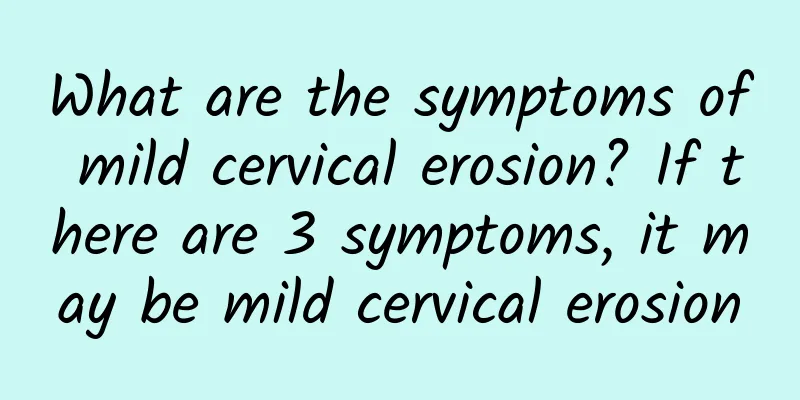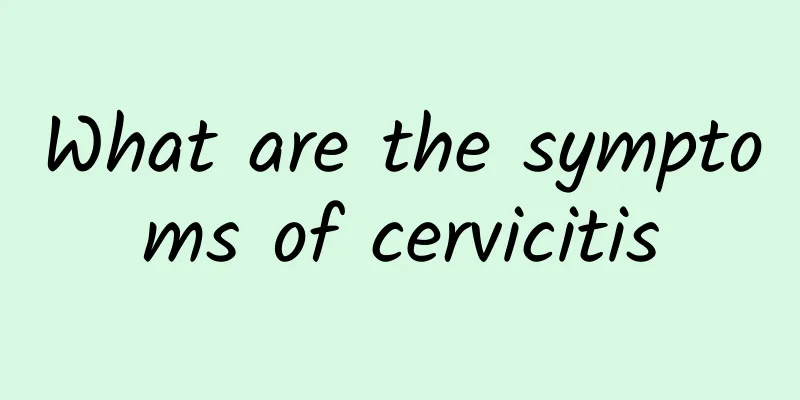Can you get pregnant with endometriosis?

|
It is possible for patients with endometriosis to become pregnant, but the specific situation varies depending on the severity of the disease, the location of the lesions, and the individual's physical condition. Although this type of disease may have a certain impact on fertility, most patients can still successfully become pregnant through timely treatment and scientific assisted pregnancy. Endometriosis is a disease in which endometrial tissue grows outside the uterine cavity, causing inflammation, scarring, and pelvic adhesions, which may affect ovarian ovulation, fallopian tube patency, and embryo implantation. Mild endometriosis usually does not affect natural conception, while moderate to severe patients may need treatment to improve fertility. Common treatments include medication, surgery, and assisted reproductive technology. Medication is mainly based on hormonal drugs, such as GnRH agonists, progesterone, and oral contraceptives, which can help relieve lesion inflammation and reduce pain. Surgical treatment, such as laparoscopic surgery, can remove ectopic lesions and restore pelvic anatomy. For those who cannot conceive naturally, assisted reproductive technology, such as artificial insemination or in vitro fertilization, can be selected. In treatment, combining doctor guidance and individualized plans is the key. Endometriosis is a disease in which endometrial tissue grows outside the uterine cavity, causing inflammation, scarring, and pelvic adhesions, which may affect ovarian ovulation, fallopian tube patency, and embryo implantation. Mild endometriosis usually does not affect natural conception, while moderate to severe patients may need treatment to improve fertility. Common treatments include medication, surgery, and assisted reproductive technology. Medication is mainly based on hormonal drugs, such as GnRH agonists, progesterone, and oral contraceptives, which can help relieve lesion inflammation and reduce pain. Surgical treatment, such as laparoscopic surgery, can remove ectopic lesions and restore pelvic anatomy. For those who cannot conceive naturally, assisted reproductive technology, such as artificial insemination or in vitro fertilization, can be selected. In treatment, combining doctor guidance and individualized plans is the key. For patients with endometriosis, it is particularly important to seek medical attention as early as possible, monitor regularly, and scientifically manage the progression of the disease. Maintaining a healthy lifestyle, including a balanced diet, adequate exercise, and good emotional management, can also play a positive role in improving the success rate of pregnancy. If you have not been able to get pregnant for a long time after diagnosis, you should consult a reproductive medicine expert as soon as possible to optimize the treatment plan and strive for a higher chance of success. |
<<: Uterine cyst drug treatment
>>: What to eat for irregular menstruation and amenorrhea
Recommend
Learn how to remedy obesity in 3 minutes after the long holiday
[Key points]: I gained weight after the New Year&...
Quitting smoking makes you fat? Doctor: It is reasonable to recover 2-3 kg from morbidly thin
Many addicts refuse to quit smoking because "...
Clinical features of bacterial vaginosis
Perhaps many women think that bacterial vaginosis...
Health care measures for menopausal patients
Menstruation is very important for women. You mus...
What causes ovulation bleeding?
Ovulation bleeding is usually caused by hormone f...
Does chronic cervicitis affect pregnancy? What is the best way to treat cervicitis in women?
Chronic cervicitis will affect women's pregna...
What is the reason for long menstrual periods?
What is the reason for long menstrual periods? Pr...
Experts explain the precautions for treating Trichomonas vaginitis
Trichomonas vaginitis is a very harmful gynecolog...
Can I go alone?
It is technically feasible for a person to go to ...
It’s easy to lose belly fat, just use these 3 exercises to show off your belly easily! Fitness coach: 4 big mistakes you should avoid making
As the weather continues to be hot, more people a...
What is the description of adenomyosis on B-ultrasound?
bWhat is the super description of adenomyosis? Ty...
How long does it take to get a follow-up checkup after taking suppositories to treat cervicitis? How should women prevent cervicitis?
Cervicitis is a very common gynecological disease...
The harmful consequences of Trichomonas vaginitis
When you have Trichomonas vaginitis, you should c...
Is it difficult to get pregnant with adenomyosis? Will it cause infertility?
It is difficult to get pregnant with adenomyosis....
Experts teach you how to correctly and effectively prevent candidal vaginitis
When it comes to candidal vaginitis, many female ...









